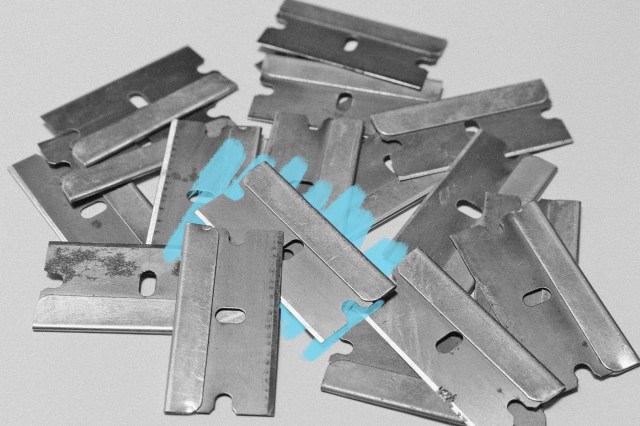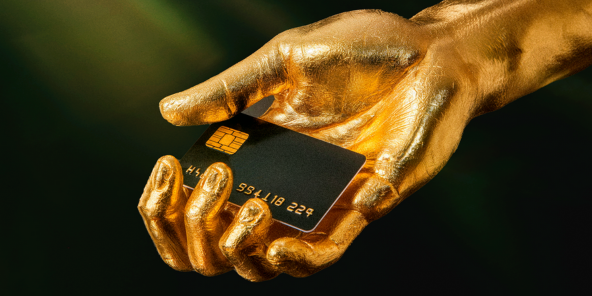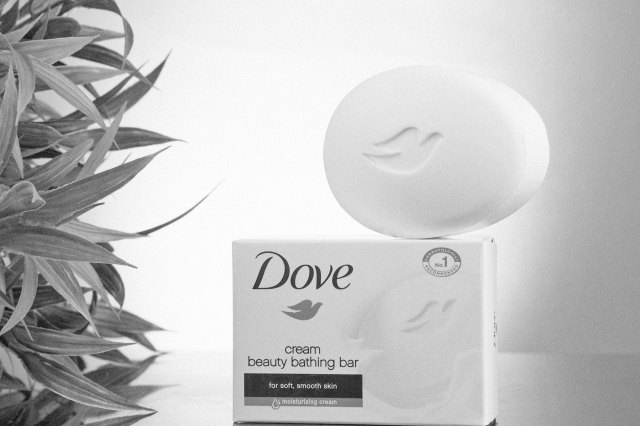Should you find yourself renovating your bathroom anytime soon, be on the lookout for something strange: razor blades, which used to be tossed into holes in the bathroom wall. |
| |
| |
|
 |
|
| S hould you find yourself renovating your bathroom anytime soon, be on the lookout for something strange: razor blades, which used to be tossed into holes in the bathroom wall. Depending on when your home was built, you might even still have one of these (vaguely terrifying) slots either in your medicine cabinet or the wall above your sink. They were fairly common in the early 20th century, when disposable blades first became widely available. Disposable razors made it safer and easier to shave at home, but problems arose when it came to actually disposing of the blades: Razor blades are sharp, not to mention potential biohazards, and simply tossing them in the trash ran the risk of accidentally nicking yourself with a used blade. |
|
|
| Enter the bathroom wall solution, which essentially delayed the problem by years or decades and passed the burden on to someone else. The question of razor blade disposal became less of an issue once better, more durable razors were introduced to the market, especially the kind you throw away entirely, handle and all. Thanks to these innovations, homes built in the 1970s or later are unlikely to include a disposal slot — which, unless you'd like to be greeted by hundreds of rusty blades when you knock down your bathroom wall, can only be a good thing. |
|
 |  |
|
|
 |
|
| |
|
| Year the first razor with disposable blades was sold | | | 1903 |
| | | Patent number of the first disposable razor | | | 775,134 |
| | | Patent number of the first disposable razor | | | 775,134 |
|
|
|
| Disposable razor blades sold in 1904 | | | 2 million |
| | | Blades on the Dorco Pace 7, the most of any disposable razor | | | 7 |
| | | Blades on the Dorco Pace 7, the most of any disposable razor | | | 7 |
|
|
|
 |
|
 | | Did you know? |
|
|
Shaving doesn't cause hair to grow back thicker. |
|
| You've probably heard this common misconception many times, but it's just that: a myth. The reason it persists is because the stubble left behind after shaving tends to be blunt at the end, making it appear thicker (or even darker) even though it isn't. If hair really did grow back thicker, everyone who's shaved consistently throughout their life would have increasingly luscious locks — a fun thing to imagine, perhaps, but not a scientific reality. |
|


Lainnya dari

















0 comments:
Post a Comment